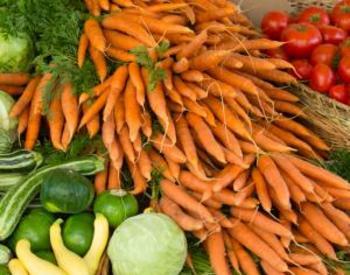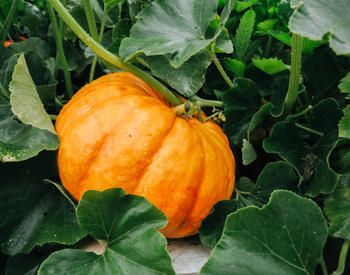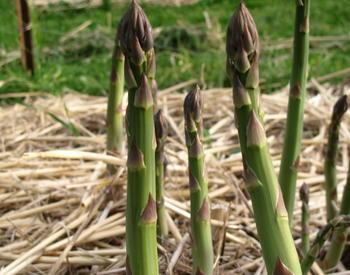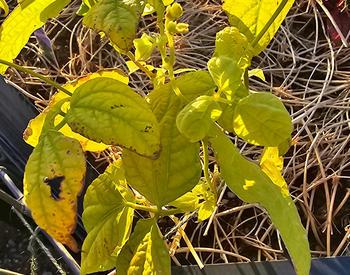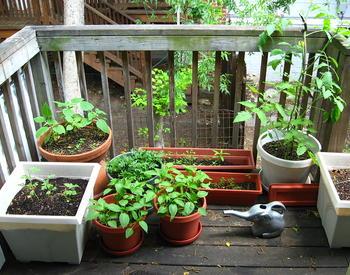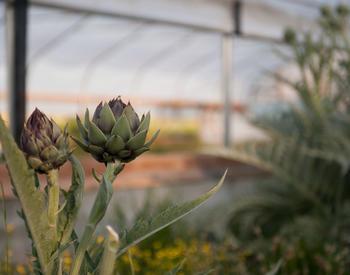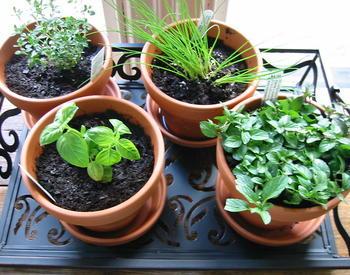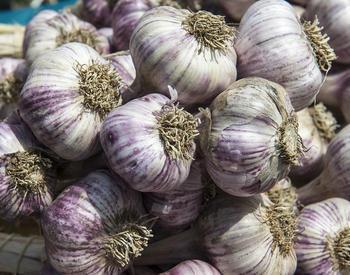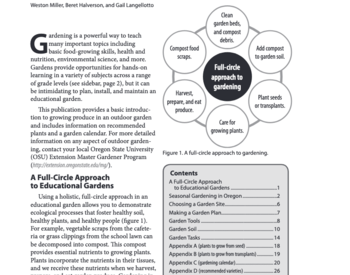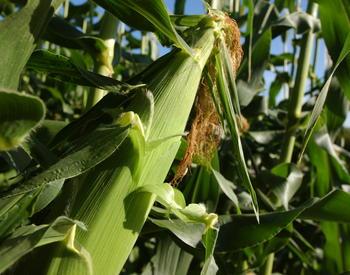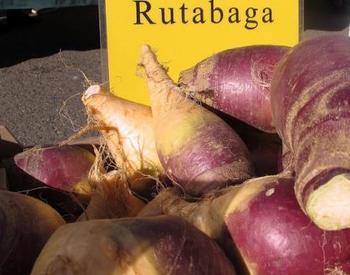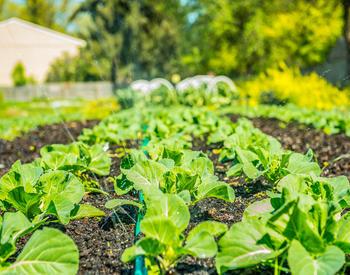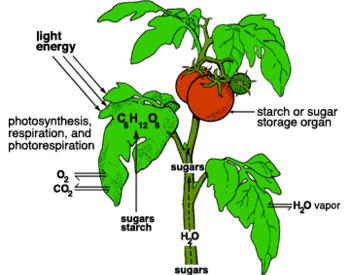CORVALLIS, Ore. - Nothing can compare to the crisp, fresh and flavorful beans you can grow yourself at home. Home gardeners can grow several types, including bush beans, pole beans, runner beans, dry beans, lima beans, wax beans, French filet (Haricot vert) and edamame.
Whatever type of bean, all types germinate best in soil at least 60 degrees, from about late April into July, depending on your local conditions.
Most beans will germinate at about 50 degrees, but at this cool temperature bean seeds tend to crack, allowing microbes access, explained Jim Myers, Oregon State University vegetable breeder and expert on beans.
White-colored bean seeds are particularly sensitive to cracking, said Myers, so he recommends planting darker colored bean seeds if you are planting them before the soil has warmed up to 60 degrees.
The best way to make sure the soil has warmed up enough is to buy a small thermometer. Then you can be positive you are planting at the right time. It is better to plant on the late side of May, rather than risk cold snaps, said Myers. You can plant them all the way through June for summer crops. Plant one more batch in early July and you may get a fall crop, if you live where frosts aren't too early in the fall.
Bush beans were bred to save the cost of putting up trellises for pole beans and to allow mechanical harvest. Many of the varieties grown commercially in the Pacific Northwest and by home gardeners today were developed by Jim Baggett, OSU professor of horticulture emeritus.
Bush beans include the French filet beans, also known as "haricots verts," coveted by gourmets and harvested at a young age, when the pods are no more than a quarter inch in diameter.
"Haricot verts, also known as French filet beans, have unique texture and flavor compared with U.S. green beans," said Myers.
Basically, French filet beans are varieties of green beans that tend to have more fiber than green beans generally used in the United States, explained Myers, and are best harvested when quite young. They may or may not have a string, depending upon the variety.
Plant bush bean seeds two to three inches apart and one inch deep in rows 18 to 36 inches apart in a sunny, well-drained area. Bush green beans are ready to harvest about three weeks after flowering. Keep plants picked for more production.
For 2008, the OSU Extension Service recommends the following varieties of beans as performing well under Oregon conditions:
(Green bush): Tendercrop, Venture, Slenderette, Provider, Jade, Oregon 54.
(Flat Italian): Roma II.
(French filet): Nickel
(Green pole): Blue Lake, Kentucky Wonder, Romano, Cascade Giant, Kentucky Blue, Oregon Giant.
(Wax bush): Goldenrod, Goldrush, Indy Gold, Slenderwax.
(Lima, bush, large seeded): Fordhook 242 (or any Fordhook).
(Lima, bush, small seeded): Thorogreen, Baby Fordhook, Jackson Wonder.
(Dry): Pinto, Red Kidney, White Kidney (Cannellini), Cranberry, Etna.
(Edible Soybeans or Edamame): Envy, Butterbean, Sayamusume
Pole beans should be planted like bush beans, except they have to be trellised or grown up a pole. If planting to grow up a pole, plant about six seeds at the base of each pole.
Edamame are a specialty soybean. Pods are picked when green. The inside beans are boiled and eaten. Grow these like bush beans.
Beans are subject to several viruses and root disorders and white and gray mold. Avoid watering that wets the foliage, remove dead plants at the end of the year and rotate your crops from year to year.
